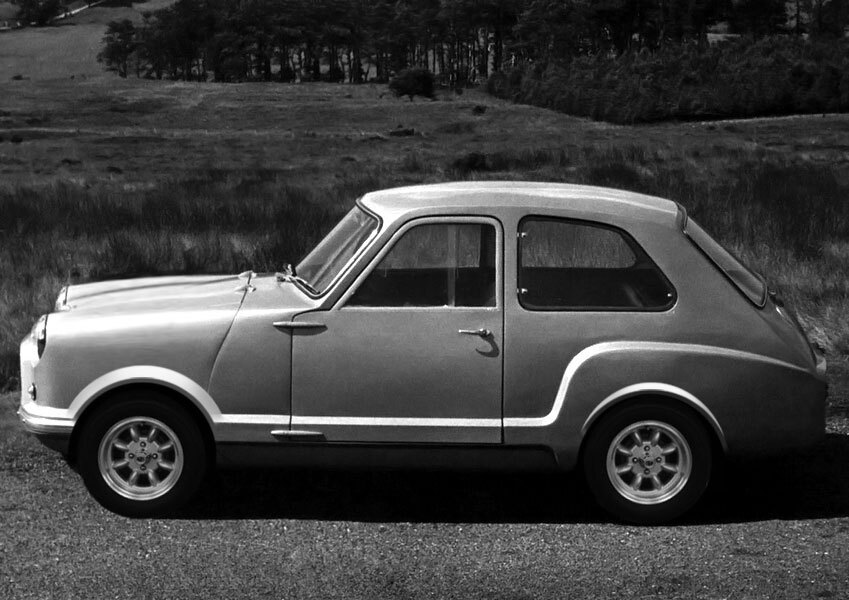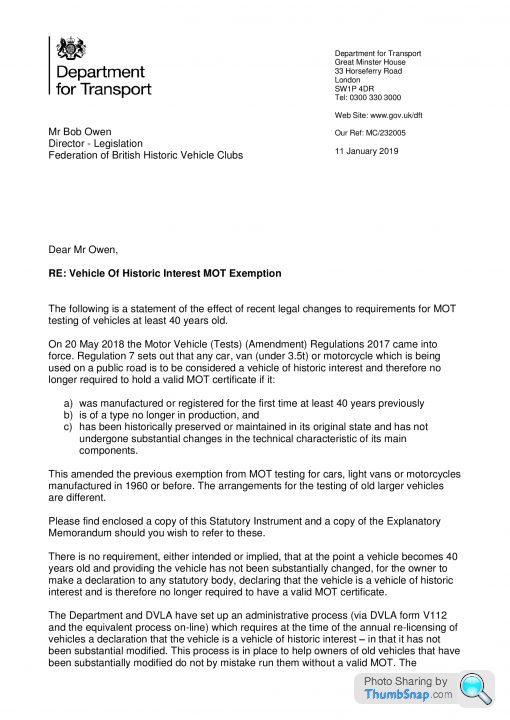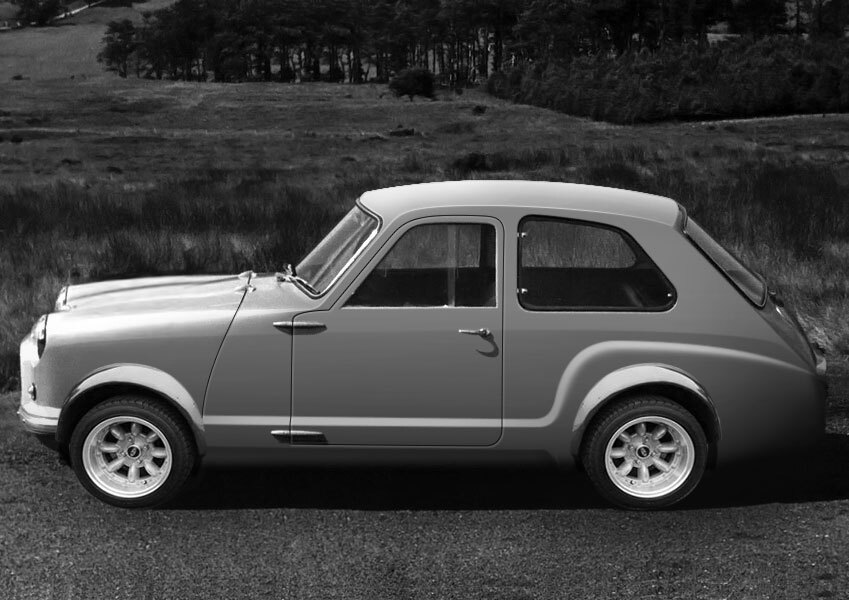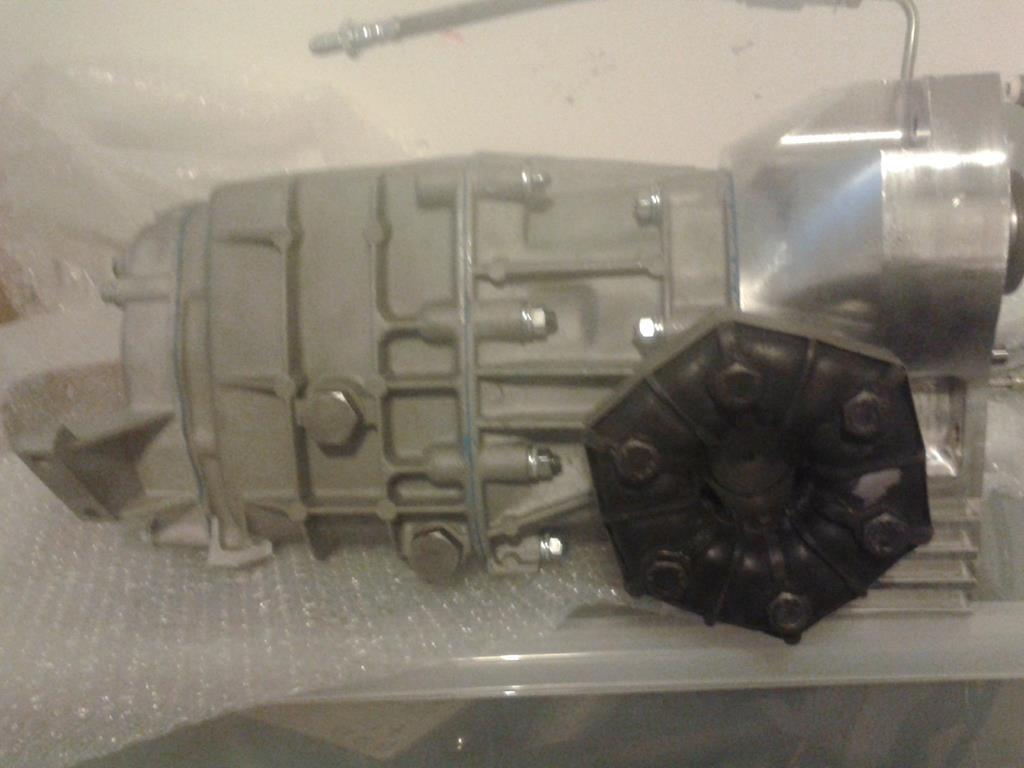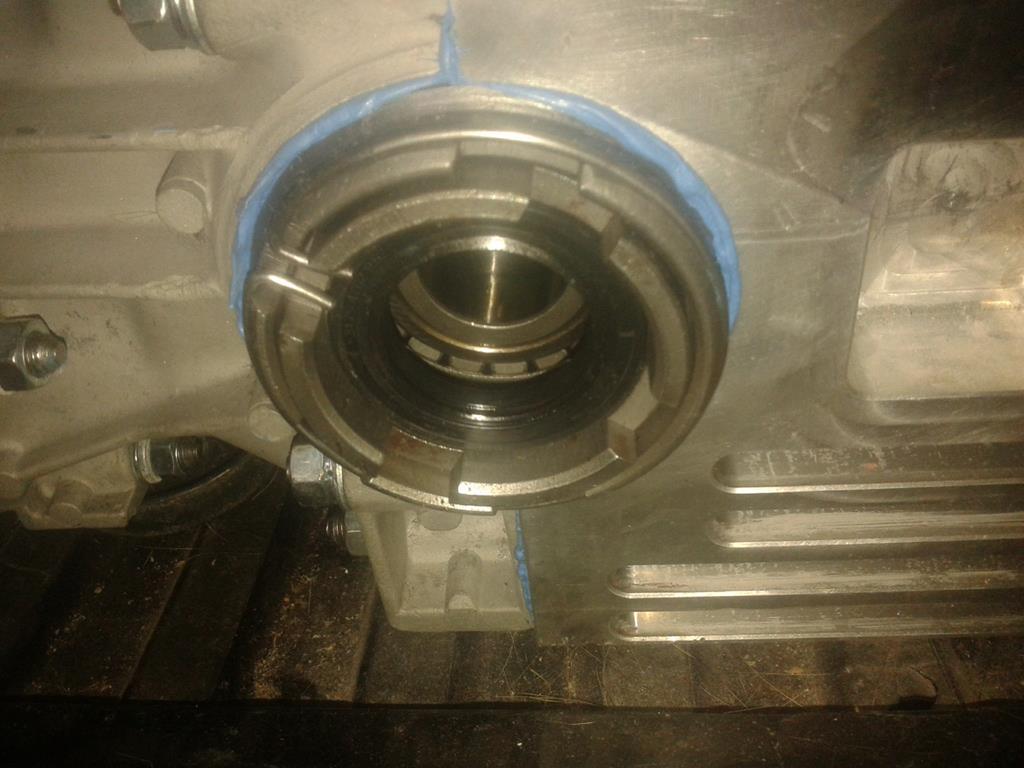Much of which will presumably also apply if you start to make significant changes to the bodywork & existing power-plant setup?
They have a points system for mechanical parts like, engine, front suspension, and rear suspension. Body work less so (there is a VOSA website detailing their system). I intend to keep engine/gearbox and suspension all the same Hillman and Bond, putting on a wing or splitter wont make a difference (unless it is deemed unsafe to pedestrians by police/insurance).
Electric cars are just a current (lol) phase, better fuel sources are available like hydrogen. There isn't enough lithium and cobalt on the planet to go full lightweight electric, as there isn't enough electricity generation (even without electric cars) for household/business demand in 10 years !
As usual the British GovernMENTAL politicians and civil servants don't work together, the only guidance is this scribbled letter, which hasn't been contested in court yet !
(typically they count fit there letter on one page because that took to much effort to condense the work onto one page)
This covers it in a little more depth:-
assets.publishing.service.gov.uk/government/uploads/system/uploads/attachment_data/file/670431/vehicles-of-historical-interest-substantial-change-guidance.pdfVehicles of Historical Interest (VHI): Substantial Change Guidance
Most vehicles manufactured or first registered over 40 years ago will, as of 20 May 2018, be exempt from periodic testing unless they have been substantially changed1.
Large goods vehicles (i.e. goods vehicles with a maximum laden weight of more than 3.5 tonnes) and buses (i.e. vehicles with 8 or more seats) that are used commercially will not be exempted from periodic testing at 40 years.
A vehicle that has been substantially changed within the previous 30 years will have to be submitted for annual MoT testing. Whether a substantially changed vehicle requires re-registration is a separate process. Keepers of VHIs exempt from periodic testing continue to be responsible for their vehicle’s roadworthiness. Keepers of vehicles over 40 years old can voluntarily submit vehicles for testing. Keepers of VHIs claiming an exemption from the MoT test should make a declaration when renewing their vehicle tax. The responsibility to ensure the declared vehicle is a VHI and meets the criteria, rests with the vehicle keeper as part of their due diligence. If a vehicle keeper is not sure of the status of a vehicle, they can consult a marque or historic vehicles expert, a list of whom will be available on the website of the Federation of British Historic Vehicle Clubs. If a vehicle keeper cannot determine that the vehicle has not been substantially changed, they should not claim an exemption from the MoT test.
The criteria for substantial change
A vehicle will be considered substantially changed if the technical characteristics of the main components have changed in the previous 30 years, unless the changes fall into specific categories. These main components for vehicles, other than motorcycles2, are:
Chassis (replacements of the same pattern as the original are not considered a substantial change) or Monocoque bodyshell including any sub-frames (replacements of the same pattern as the original are not considered a substantial change);
Axles and running gear – alteration of the type and or method of suspension or steering constitutes a substantial change;
Engine – alternative cubic capacities of the same basic engine and alternative original equipment engines are not considered a substantial change. If the number of cylinders in an engine is different from the original, it is likely to be, but not necessarily, the case that the current engine is not alternative original equipment.
1 If the type of vehicle is still in production, it is not exempt from periodic testing.
2 Further arrangements for motorcycles may be introduced, including if core testing standards are considered further internationally.
The following are considered acceptable (not substantial) changes if they fall into these specific categories:
• changes that are made to preserve a vehicle, which in all cases must be when original type parts are no longer reasonably available;
• changes of a type, that can be demonstrated to have been made when vehicles of the type were in production or in general use (within ten years of the end of production);
• in respect of axles and running gear changes made to improve efficiency, safety or environmental performance;
• in respect of vehicles that have been commercial vehicles, changes which can be demonstrated were being made when they were used commercially.
In addition if a vehicle (including a motorcycle):
• has been issued with a registration number with a ‘Q’ prefix; or
• is a kit car assembled from components from different makes and model of vehicle; or
• is a reconstructed classic vehicle as defined by DVLA guidance; or
• is a kit conversion, where a kit of new parts is added to an existing vehicle, or old parts are added to a kit of a manufactured body, chassis or monocoque bodyshell changing the general appearance of the vehicle;
it will be considered to have been substantially changed and will not be exempt from MOT testing.
However if any of the four above types of vehicle is taxed as an “historic vehicle” and has not been modified during the previous 30 years, it can be considered as a VHI.
This guidance is only intended to determine the testing position of a substantially changed vehicle, not its registration.
How to declare a vehicle for the 40 year MOT exemption
Vehicle keepers are required to ensure that their vehicles are taxed when used on a public road. From 20 May 2018, at the point of taxing a vehicle, the vehicle keeper can declare their vehicle exempt from MOT if it was constructed more than 40 years ago.
When declaring an exemption, you will be required to confirm that it has not been substantially changed (as defined in this guidance). This process will be applied to pre-1960 registered vehicles, as well as newer vehicles in the historic vehicle tax class.
If the vehicle does not have an MOT and you wish to continue using it on the public roads, you will have either to undergo an MOT or, if you wish exemption from the MOT, to declare that the vehicle is a VHI.
If the vehicle has a current MOT certificate but you anticipate that on expiry of that certificate you will wish exemption from future MOTs you will at the time of relicensing be required to declare that the vehicle is a VHI.
How to tax your vehicle in the historic vehicle tax class
Where vehicle keepers first apply for the historic vehicle tax class, it must be done at a Post Office. If you are declaring that your vehicle is exempt from MOT, you will need to complete a V112 declaration form, taking into consideration the substantially changed guidelines, (as defined above). Further re-licensing applications, including making subsequent declarations that the vehicle does not require an MOT, can be completed online.
Further advice on taxing in the historic vehicle tax class can be found via the following link:
www.gov.uk/historic-vehicles








